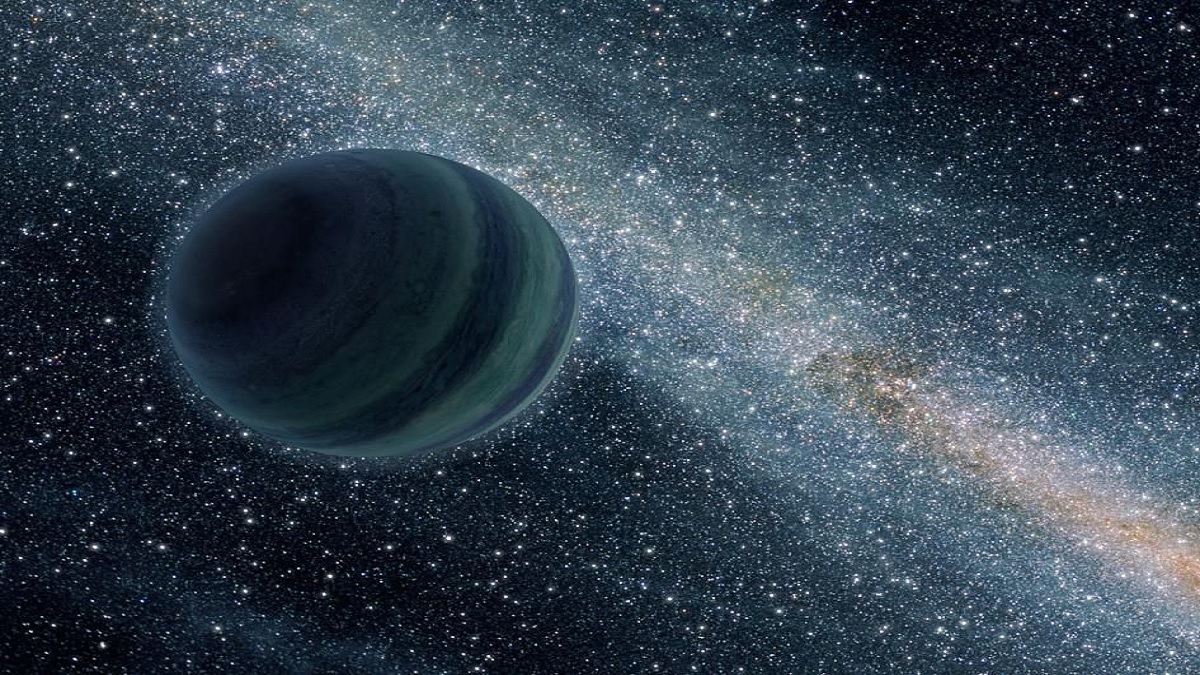In the depths of scientific exploration, a captivating revelation has stirred the hearts of researchers, ignited their imaginations, and fueled their curiosity. News broke, reported by The Independent that seemed no different from the rest, revealing the existence of hidden giants within our very own solar system. These celestial behemoths, comparable in size to the majestic Jupiter and enigmatic Uranus, beckon us to push the boundaries of our understanding and venture into uncharted cosmic territory.
Termed as the elusive planet X, these enigmatic worlds are said to dwell beyond the familiar reaches of Neptune, challenging the limits of our knowledge and captivating the minds of scientists worldwide. But what truly excites these intrepid explorers is the tantalizing possibility that these mammoth planets reside at the farthest reaches of our solar system, within the ethereal realm of the Oort Cloud. This ethereal region, a shimmering celestial shell, marks the outermost edge of the Sun’s gravitational influence, casting its mysterious aura over the vastness of space.
To unlock the secrets concealed within this cosmic enigma, scientists embarked on a captivating journey, armed with the power of complex computer simulations. These virtual voyages through the cosmos aimed to unravel the intricacies of solar systems, unveiling the mesmerizing dance between planets and their celestial hosts. Through these simulations, scientists sought to decipher the captivating interplay between large planets, their ejection from their birthplaces, and the potential for planetary systems to adopt cosmic wanderers.
As the virtual stars aligned, an astonishing revelation emerged from the depths of the computer-generated universe. The simulations unveiled the rare and magical encounter between passing stars and castaway planets. In a cosmic tango of gravitational forces, a wandering planet could find solace in the embrace of a passing star, forever altering its celestial destiny. This cosmic ballet is most likely to unfold when celestial wanderer meanders close to the outermost fringes of a star system’s Oort Cloud, a realm brimming with interstellar objects yet to be discovered.
Astrophysicists, their hearts brimming with excitement, have deduced that within the vast tapestry of our galaxy, approximately “one in every 200-3000 stars could host an Oort Cloud planet.” This revelation opens a cosmic gateway to uncharted possibilities, unraveling the intricacies of the cosmic adoption process. Furthermore, researchers speculate that our very own solar system may have experienced a period of dynamic instability after the dissolution of its birth cluster, resulting in a 7% probability of an ice giant finding refuge within the Sun’s Oort Cloud.
Read More: Pioneering Scientists Discover Life-Enabling Element on Saturn’s Moon, Enceladus
Yet, as our minds soar among the stars, it is crucial to remember that these predictions carry a hint of uncertainty. They fail to account for the tumultuous early stages of solar system formation, wherein passing stars and celestial chaos can disrupt the cosmic ballet. Nonetheless, astronomers remain steadfast in their conviction that Oort Cloud planets dwelling at the fringes of our solar system are likely interstellar guests, rather than progeny of our nurturing Sun.
In the wake of this cosmic revelation, a palpable sense of awe and wonder envelops the scientific community. The allure of hidden giants lurking within the uncharted realms of our solar system captivates our collective imagination. It entices us to venture beyond the boundaries of our celestial backyard, to gaze into the vast expanse of space, where hidden treasures await their moment of discovery.
As scientists continue to unravel the cosmic tapestry woven with stardust and wonder, humanity eagerly anticipates the day when these hidden giants will reveal themselves, bestowing upon us the keys to unlock the secrets of our celestial home. These revelations remind us of the infinite beauty and profound complexity of the cosmos, fueling our innate curiosity and beckoning us to explore the universe that stretches far beyond our wildest dreams.





















